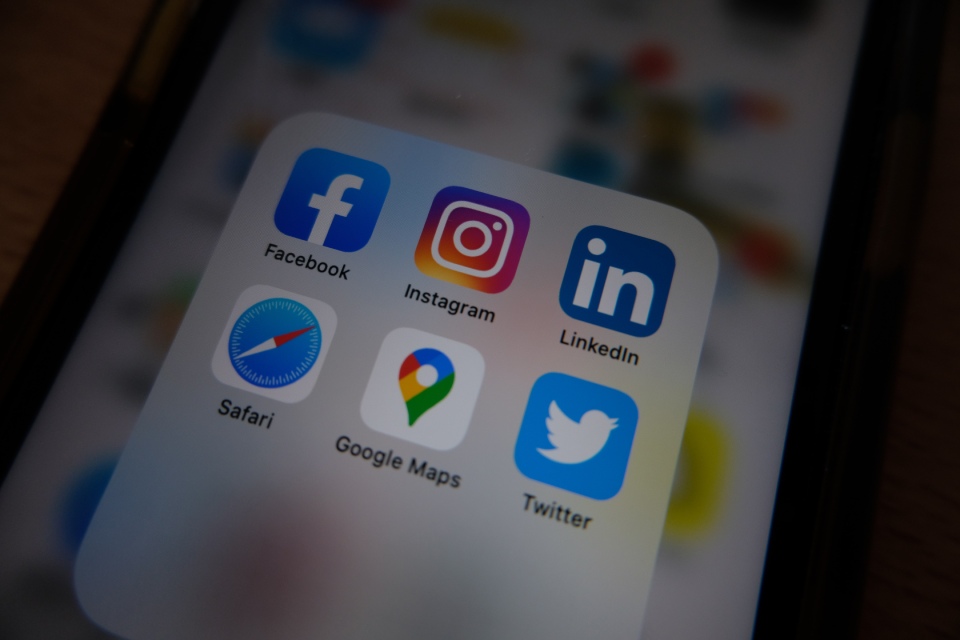By Helen Smith, Chief Commercial Officer, Benenden Health
We live in a world that is obsessed with technology. On average we check our phones 85 times a day. For some, it’s the first thing they do when they wake up.
This obsession has certainly affected the way some businesses operate. Employees are able to make phone calls, access and respond to emails 24/7 and can often access files and documents wherever they may be in the world.
Whilst on the surface this ‘always on’ approach might seem like it improves productivity, it can actually do the opposite due the negative effect it has on employee mental and physical health.
According to Psychology Today, ‘always on’ culture has led to a rise in the condition called ‘telepressure’, which is “a fixation of checking and quickly responding to messages.”
An individual who suffers from ‘telepressure’ finds it difficult to differentiate between ‘work time’ and ‘me time’ and a YouGov report found that pressure to respond to communications is one of the major culprits of work seeping into personal life and affecting work-life balance. They found that this culture of ‘always on’ was even expected on the annual summer holiday, with 38% reporting making or receiving work calls on holiday.
Benenden Health’s own research into Mental Health in the Workplace discovered 61.3% of employees said achieving a good work-life balance is more difficult now than 5 years ago.
A survey by the Mental Health Foundation on the subject also found that:
- 1 in 3 feel unhappy about the time they devote to work
- 40%+ are neglecting other aspects of their life because of work
- When working long hours 27% feel depressed, 34% feel anxious and 58% feel irritable
- Nearly two thirds of employees have experienced a negative effect on their personal life such as a lack of personal development, poor home life and physical and mental health issues
The end result of this could be burnout, which the Mental Health Foundation agrees can affect employee mental health: “The pressure of an increasingly demanding work culture in the UK is perhaps the biggest and most pressing challenge to the mental health of the general population”
Being always on can also impact employee’s physical health. With workers commuting further than before, many people use the commuting time as an extension of their working day. Although this might seem a productive use of time, staring at a screen, whether a computer screen or a small phone screen, for a long period of time, can lead to ‘computer eye strain’.
The immediate effects of computer eye strain are that employees are likely to have difficulty focussing, which will make it difficult to complete the tasks effectively and could lead to re-doing tasks at a later date.
Whilst it might not be feasible to revert back to a 9-5 operating day, there are things you can implement to help manage employee mental and physical health and wellbeing and ensure that ‘always being on’ doesn’t actually lead to a reduction in productivity:
- Set reasonable communication expectations
Some managers prefer to email after hours as that’s the only time they have in their day to respond and send emails. This doesn’t however mean that they require a response until the next day.
If you can’t switch off emails completely after hours, consider implementing a rota system where each employee takes it in turns to be ‘on call’ each day. This may not be possible for all types of companies but, if it is possible, it will help employees to know when they can turn off their work phone without there being any repercussions.
You could also consider implementing an automatic deletion of emails when employees are on holiday, which something that has been implemented by Virgin. This would remove the pressure employees feel to read and respond to emails whilst they are on their annual leave.
2. Encourage employees to take breaks when they can
When employees are in the office encourage them to take regular breaks away from their computer screens. This could be as simple as ensuring they are leaving their desks during their lunch breaks or getting up to speak to colleagues rather than emailing.
Alternatively, you could take this further by encouraging exercise during the working day. As well as providing a break from their screens, studies have also shown that those who exercise more often are likely to be more productive and higher achievers than those who rarely exercise. See our article ‘Help employees to fit exercise into their working lives’ for tips on how to do this.
3. Help employees to look after their backs
To stop employees suffering from musculoskeletal problems such as neck and back pain, there are a number of simple things you can implement in your workplace.
These range from reviewing workstations and supplying items such as lumbar support pillows or foot supports, to providing access to physiotherapy. Read our article for 5 ways you can help improve employee back pain.
4. Provide access to support lines
If your employees are showing signs of ‘burnout’ or struggling with telepressure, you can help them by providing access to mental health support lines. They can be simple to implement and provides your workforce with a practical tool to help proactively manage their mental health.
As part of Benenden Healthcare for Business, your employees will have access to qualified therapists through our 24/7 psychological wellbeing helpline and support.
To achieve a culture which recognises and supports employee health and wellbeing in todays ‘always on’ world, any efforts must be underpinned by managers and should be modelled from the top down. For example, if business owners are able to stop responding to emails at 7pm on a weekday, employees will also start to feel more confident about switching off as well.










